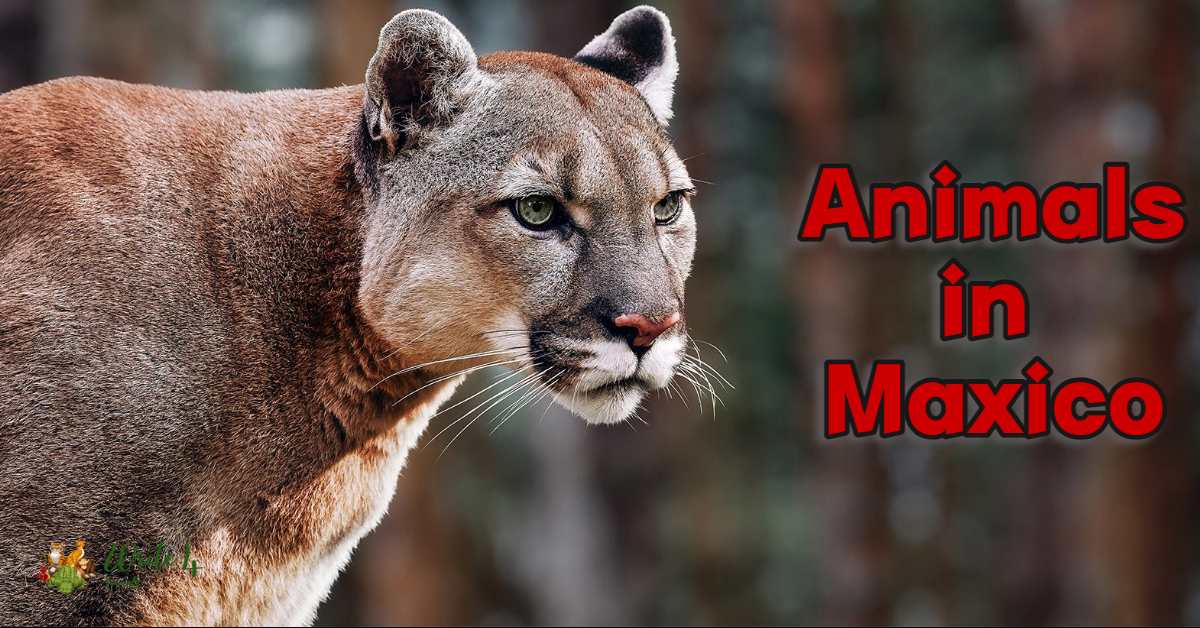Nestled between the Pacific Ocean and the Gulf of Mexico, Mexico stands as a treasure trove of biodiversity, boasting a rich tapestry of ecosystems that play host to an incredible array of wildlife.
From the dense jungles of the Yucatán Peninsula to the rugged terrains of the Sierra Madre mountain range, Mexico’s diverse landscapes provide a habitat for a multitude of fascinating creatures.
In this exploration, we embark on a journey to discover 21 Mexican animals that showcase the country’s incredible natural heritage.
List of 21 Mexican Animals
1. Jaguar
The jaguar, often revered as a symbol of power and strength, is one of the iconic Mexican animals. This majestic feline, with its golden fur adorned by distinctive rosette patterns, roams the dense rainforests of the Yucatan and Chiapas.

As Mexico’s largest big cat, the jaguar plays a vital role in maintaining the ecological balance by regulating prey populations. Unfortunately, the jaguar faces threats from habitat loss and illegal poaching, making conservation efforts crucial to preserving this national animal in Mexico.
Efforts are underway to protect their habitats and promote coexistence, ensuring that future generations can witness the awe-inspiring presence of the jaguar in Mexico’s diverse ecosystems.
2. Mexican Wolf
The Mexican wolf, a symbol of resilience and conservation success, was once on the brink of extinction. Through dedicated efforts, these mexico animals have made a remarkable comeback.
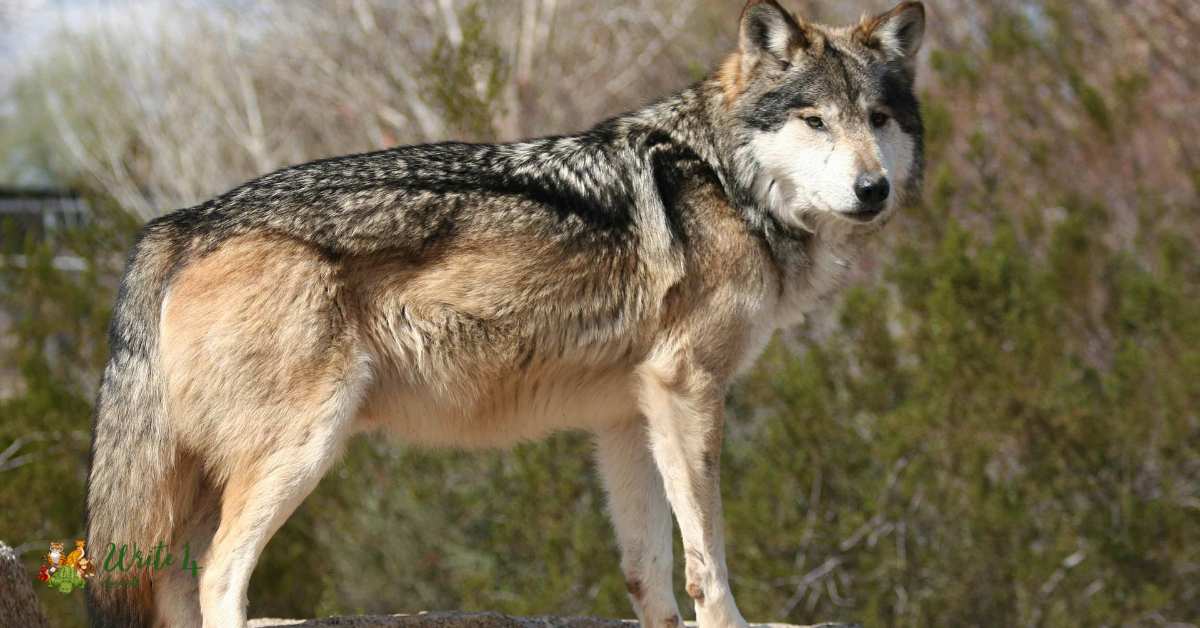
Native to the northern regions, including the Sierra Madre, Mexican wolves now thrive in their natural habitats. As a subspecies of the gray wolf, they play a crucial role in maintaining the delicate balance of ecosystems by controlling herbivore populations.
Mexico’s commitment to the conservation of the Mexican wolf showcases the nation’s dedication to preserving its unique wildlife heritage.
3. Majestic Golden Eagle
The majestic golden eagle, revered as a symbol of strength and freedom, soars through the skies of Mexico, adding to the nation’s rich avian diversity. As a formidable predator, this bird of prey is the national animal in Mexico, symbolizing the country’s spirit and resilience.
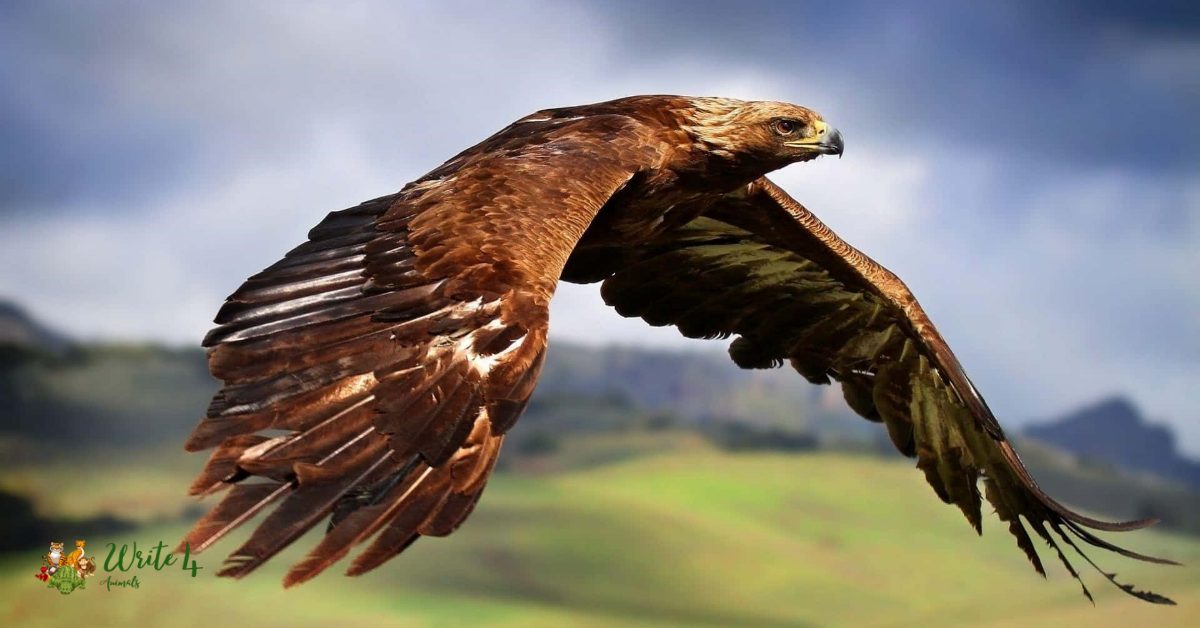
With its impressive wingspan and keen eyesight, the golden eagle is a masterful hunter, inhabiting various landscapes, from mountainous regions to open plains.
Conservation efforts focus on protecting their habitats and promoting awareness about the significance of this revered bird, highlighting its status as the national animal in Mexico. The golden eagle stands as a proud symbol of Mexico’s commitment to preserving its unique wildlife heritage.
4. Puma
The puma, also known as the cougar or mountain lion, is a powerful and adaptable predator found in diverse Mexican landscapes, from dense forests to arid deserts.

As one of the prominent Mexican animals, the puma plays a crucial role in regulating prey populations, contributing to the overall health of ecosystems. Recognized for its sleek and muscular build, the puma is an apex predator, showcasing Mexico’s rich biodiversity.
Conservation efforts are imperative to protect the habitats that support these majestic creatures, ensuring their continued presence in the wild and maintaining the delicate ecological balance.
5. White-tailed Deer
The white-tailed deer, an emblematic symbol of Mexico’s wildlife, graces diverse ecosystems, including forests, grasslands, and mountainous regions.
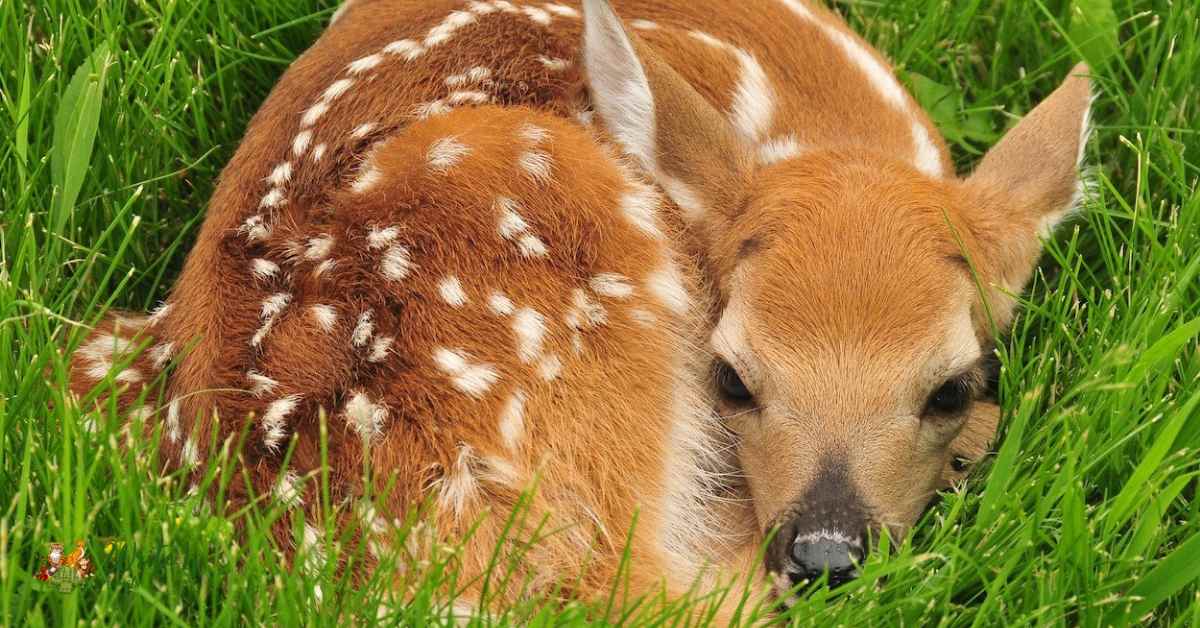
Known for its graceful demeanor and distinctive white tail, this herbivorous species plays a vital role in shaping plant communities through its feeding habits.
As one of the key animals in mexico, the white-tailed deer is not only a symbol of natural beauty but also an essential component of the country’s ecological balance.
Conservation efforts focus on preserving their habitats, promoting sustainable coexistence, and ensuring that future generations can admire the elegance of these iconic deer in Mexico’s breathtaking landscapes.
6. Collared Peccary
The collared peccary, a unique and social ungulate, roams the arid landscapes of Mexico in search of fruits, roots, and small invertebrates. Recognizable by the distinctive “collar” of white fur around its neck, this species contributes to the diversity of Mexican animals.
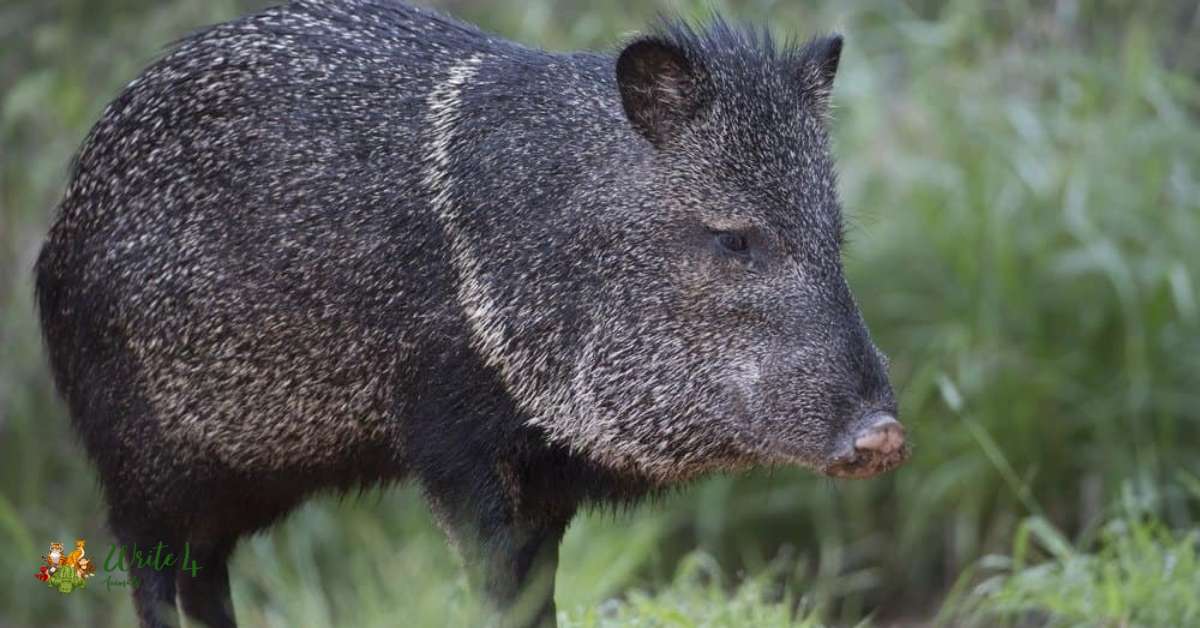
Often found in groups, collared peccaries play a crucial role in seed dispersal and shaping vegetation dynamics. Conservation efforts emphasize the importance of preserving their habitats and maintaining connectivity between populations to ensure the survival of these sociable and adaptable creatures in Mexico’s arid ecosystems.
7. Baird’s Tapir
Baird’s tapir, an ancient and endearing species resembling a large pig with a short trunk, finds its home in the wetlands and forests of southern Mexico.
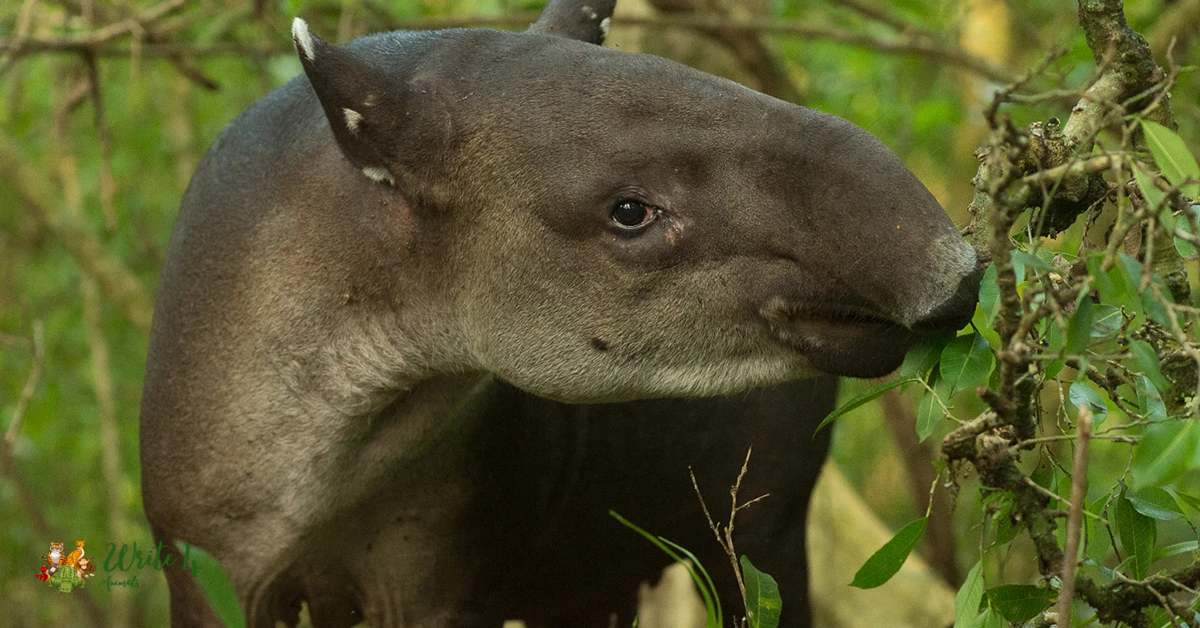
As one of the distinctive mexico animals, Baird’s tapir plays a crucial role in maintaining ecological balance through its herbivorous diet and seed dispersal. Unfortunately, habitat loss and hunting pose significant threats to these endearing creatures, emphasizing the need for robust conservation measures.
Mexico’s commitment to preserving its unique wildlife includes efforts to protect the habitats critical to the survival of Baird’s tapir and ensuring the continued existence of these fascinating mammals.
8. Black Bear
The black bear, with its glossy black fur, is a captivating presence in the pine-oak forests of the Sierra Madre, showcasing the incredible diversity of Mexican animals.
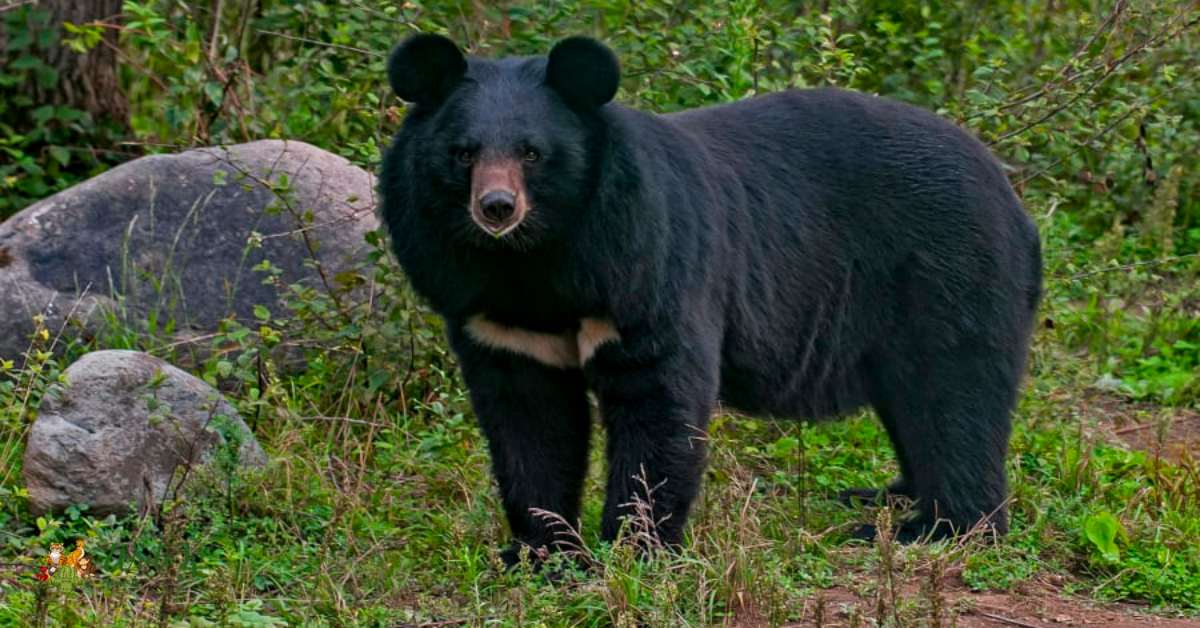
As a symbol of strength and adaptability, the black bear plays a vital role in forest ecosystems by influencing vegetation and regulating animal populations.
Conservation efforts focus on preserving their habitats and corridors to ensure genetic diversity and the long-term survival of these magnificent creatures.
Mexico’s commitment to protecting its wildlife heritage includes measures to mitigate human-bear conflicts and promote coexistence, allowing both species to thrive in their natural environments.
9. Coyote
The coyote, a highly adaptable and intelligent canid, can be found in a variety of Mexican habitats, from deserts to grasslands. As one of the resilient Mexican animals, the coyote plays a crucial role in controlling rodent populations, contributing to ecosystem health.

Known for its resourcefulness and adaptability, the coyote has adapted to urban environments, showcasing its ability to coexist with human communities.
Conservation efforts aim to mitigate conflicts between coyotes and humans, emphasizing the importance of understanding and respecting the ecological roles these canids play in Mexico’s diverse landscapes.
10. Gray Fox
The gray fox, with its distinctive grizzled coat and bushy tail, is a versatile and resourceful predator inhabiting forests and scrublands across Mexico. As one of the agile mexican animal, the gray fox is adept at climbing trees, providing it with a unique advantage in hunting and escaping predators.
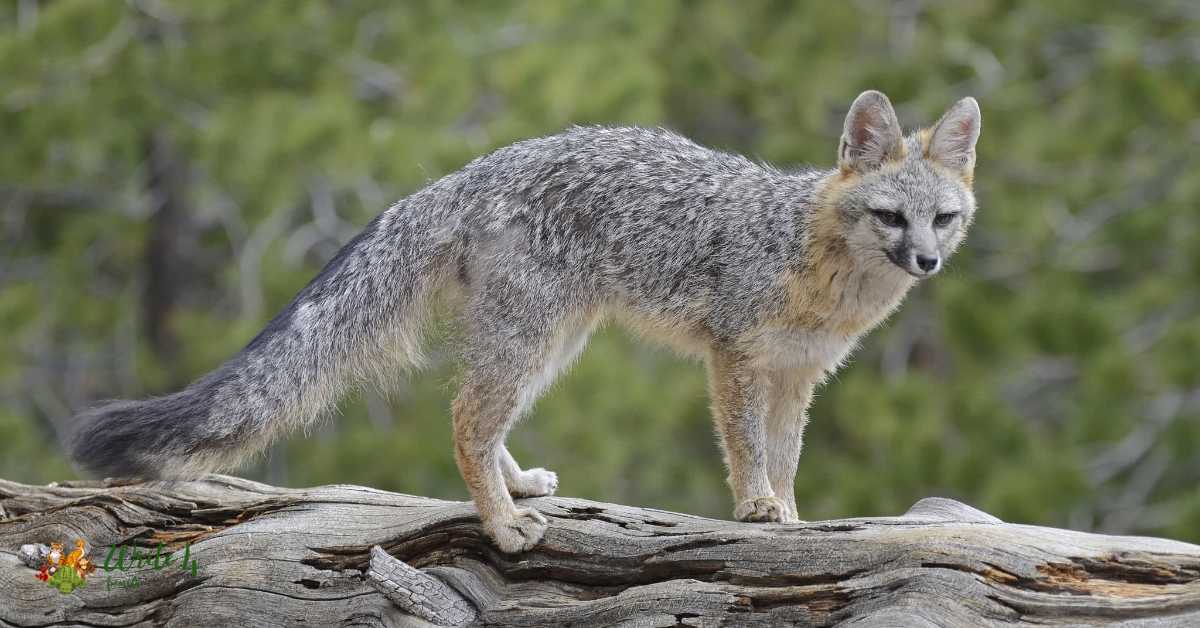
Conservation efforts focus on preserving the habitats essential to the survival of these adaptable foxes, ensuring their continued presence in Mexico’s diverse ecosystems.
Recognized for their role in controlling small mammal populations, gray foxes contribute to the ecological balance, making them an integral part of Mexico’s rich wildlife heritage.
11. Raccoon
The raccoon, recognized for its masked face and ringed tail, is a highly adaptable omnivore found in both urban and wild environments throughout Mexico.
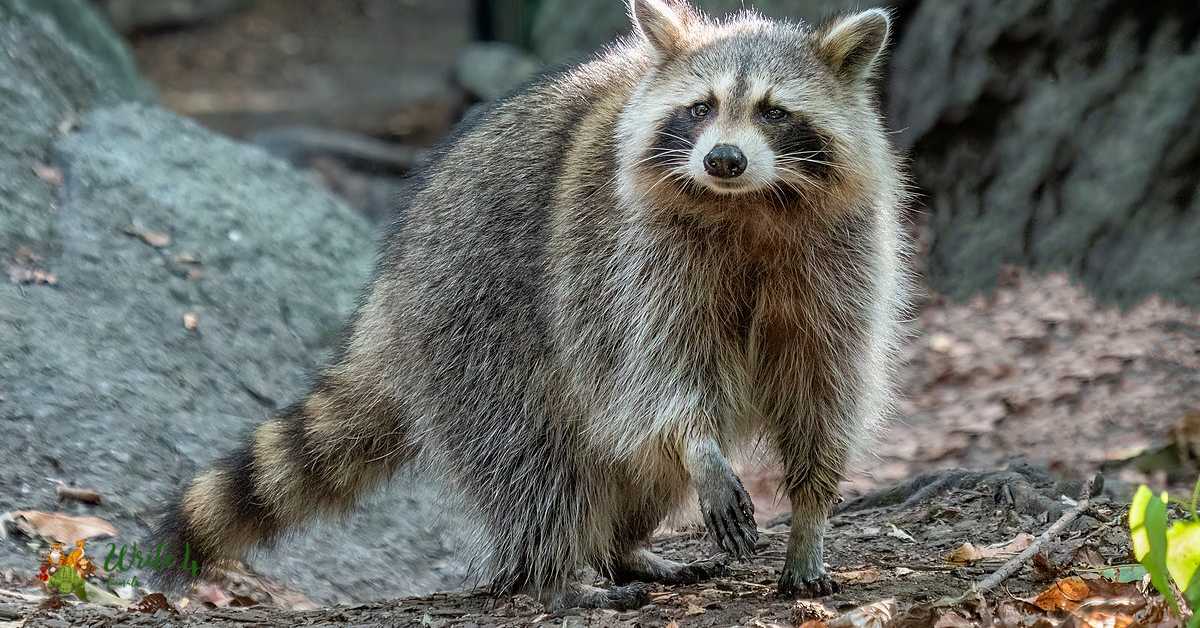
As a charismatic and intelligent species, the raccoon plays a multifaceted role in ecosystems, from controlling insect populations to dispersing seeds. Conservation efforts highlight the importance of coexistence and responsible waste management to mitigate human-wildlife conflicts.
Mexico’s commitment to preserving its unique wildlife includes measures to protect raccoon habitats and promote awareness about these fascinating creatures, fostering harmony between humans and raccoons in the Mexican landscape.
12. Skunk
Despite its pungent reputation, the skunk is an essential member of Mexico’s ecosystems, helping control insect and rodent populations. Recognizable by its distinctive black and white coloration, the skunk plays a crucial role in maintaining the ecological balance.
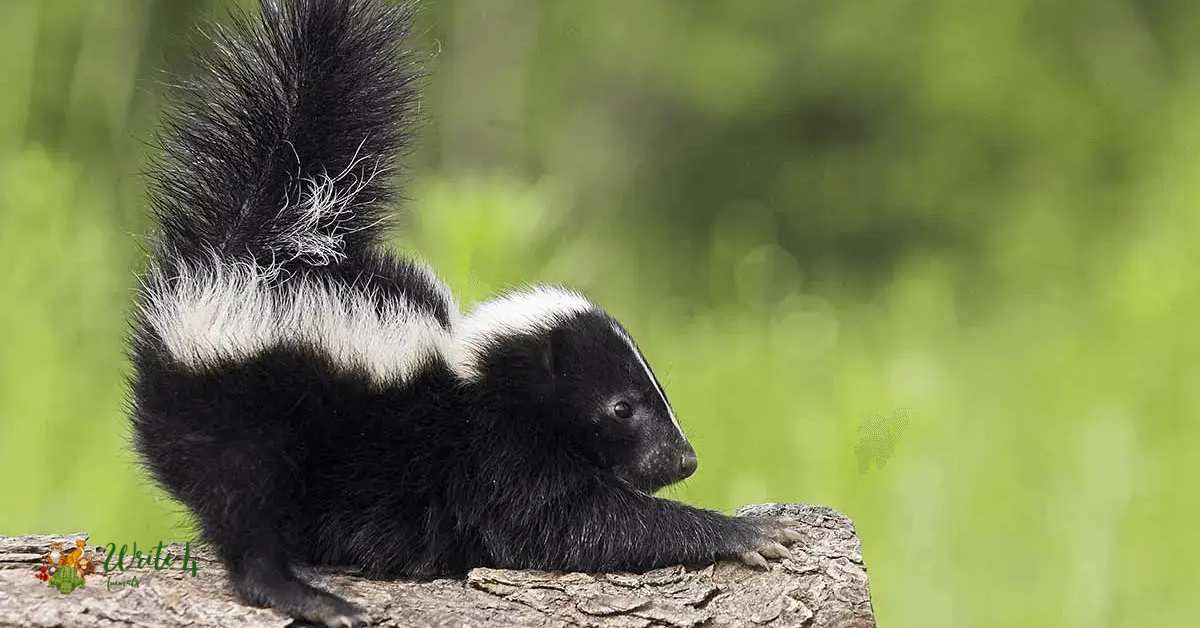
Conservation efforts focus on educating communities about the benefits of skunks in pest control and promoting coexistence. Mexico’s diverse landscapes, from urban areas to natural habitats, provide a range of environments where skunks contribute to the country’s rich biodiversity, showcasing the importance of these remarkable creatures.
13. Armadillo
The armored and burrowing armadillo is a unique and fascinating member of Mexico’s wildlife. Recognized for its distinctive shell made of bony plates, the armadillo uses its strong claws to dig for insects, small invertebrates, and plant roots.

Found in various Mexican landscapes, from grasslands to forests, armadillos contribute to soil aeration and insect control. Conservation efforts focus on preserving their habitats and raising awareness about the importance of these quirky creatures in Mexico’s ecosystems.
Armadillos serve as a testament to the country’s commitment to safeguarding the diverse array of mexico animals, no matter how small, that collectively contribute to the nation’s ecological richness.
14. Mexican Beaded Lizard
The Mexican beaded lizard, with its vibrant patterns and unique appearance, is a venomous reptile found in the arid regions of Mexico. As one of only two venomous lizards globally, the Mexican beaded lizard is a fascinating and valuable species in Mexican ecosystems.
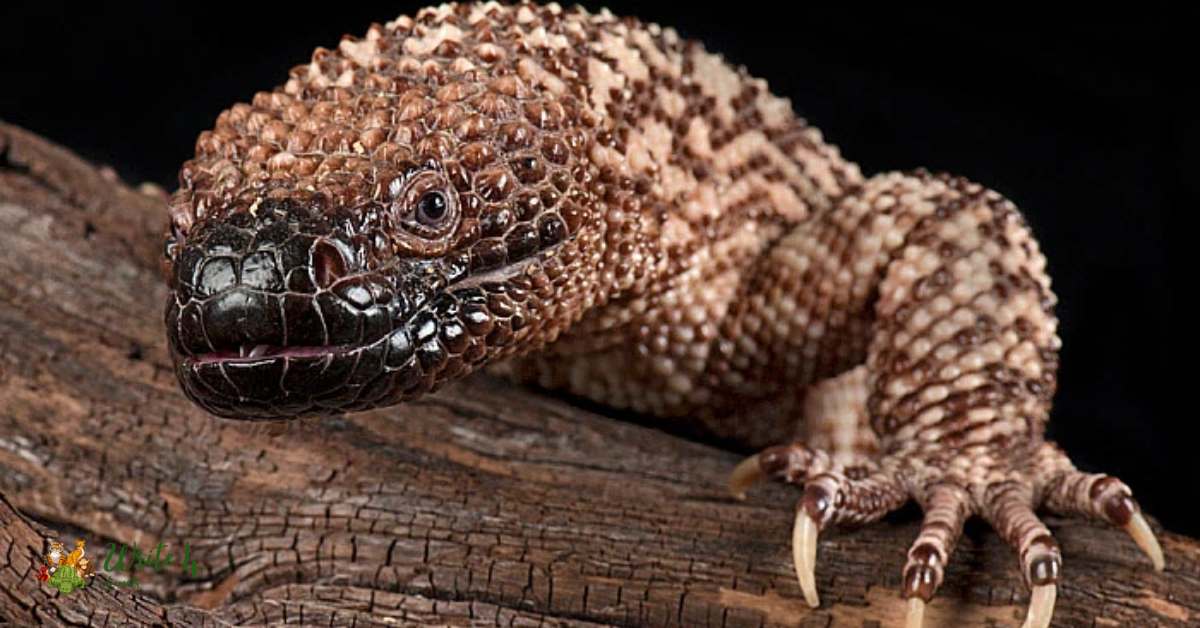
Conservation efforts prioritize protecting their habitats, as these distinctive lizards play a crucial role in controlling insect populations.
The Mexican beaded lizard is a testament to the unique biodiversity of Mexican animals, and its presence underscores the importance of conservation initiatives to ensure the survival of this remarkable reptile.
15. Green Turtle
Nesting on the sandy shores of Mexico’s coasts, the green turtle is a gentle giant and a symbol of marine conservation. Recognized for its herbivorous diet and distinctive carapace, the green turtle is one of the essential Mexican animals contributing to the health of marine ecosystems.

Conservation efforts focus on protecting nesting sites, reducing threats from poaching, and addressing challenges such as plastic pollution. The green turtle’s migratory habits connect Mexico to distant oceanic ecosystems, emphasizing the interconnectedness of global marine conservation.
Mexico’s commitment to preserving its marine biodiversity includes measures to ensure the continued survival of the green turtle, a cherished symbol of the nation’s commitment to marine conservation.
16. Hawksbill Turtle
With its distinctive beak-like mouth, the hawksbill turtle frequents Mexico’s coral reefs, adding to the country’s rich marine biodiversity. As a critical species for coral reef health, the hawksbill turtle plays a vital role in controlling sponge populations.

Conservation efforts focus on protecting these turtles and their habitats, as they face threats from habitat degradation and illegal trade in their beautiful shells.
Mexico’s dedication to marine conservation includes initiatives to preserve the delicate balance of coral reefs, where the hawksbill turtle shines as one of the remarkable Mexican animals contributing to the beauty and resilience of ocean ecosystems.
17. Olive Ridley Turtle
Known for their synchronized arribadas (mass nestings), olive ridley turtles grace Mexico’s Pacific shores, drawing attention to the importance of conserving nesting sites.
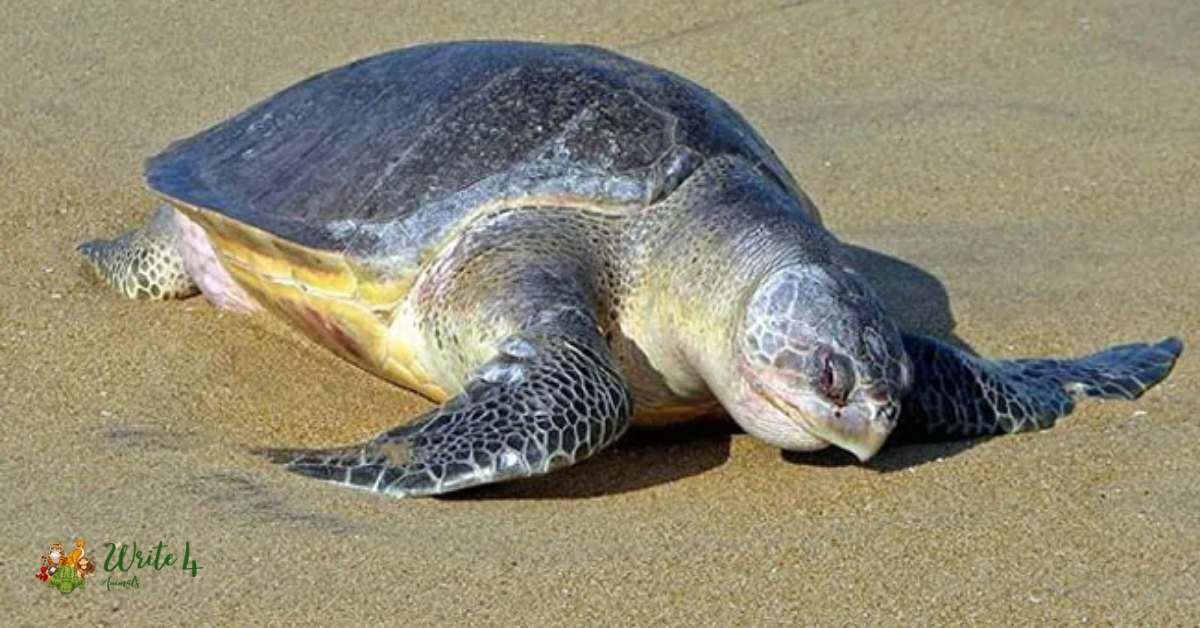
As one of the most abundant sea turtle species, the olive ridley plays a crucial role in marine ecosystems by controlling jellyfish populations.
Conservation efforts in Mexico include protecting nesting sites, implementing measures to reduce accidental bycatch, and raising awareness about the importance of preserving these nesting events.
The olive ridley turtle’s presence in Mexican waters reflects the nation’s commitment to safeguarding marine biodiversity and ensuring the survival of these remarkable creatures for future generations.
18. American Crocodile
Inhabiting the mangrove-lined estuaries and coastal areas, the American crocodile is a formidable predator and a vital component of Mexico’s aquatic ecosystems.
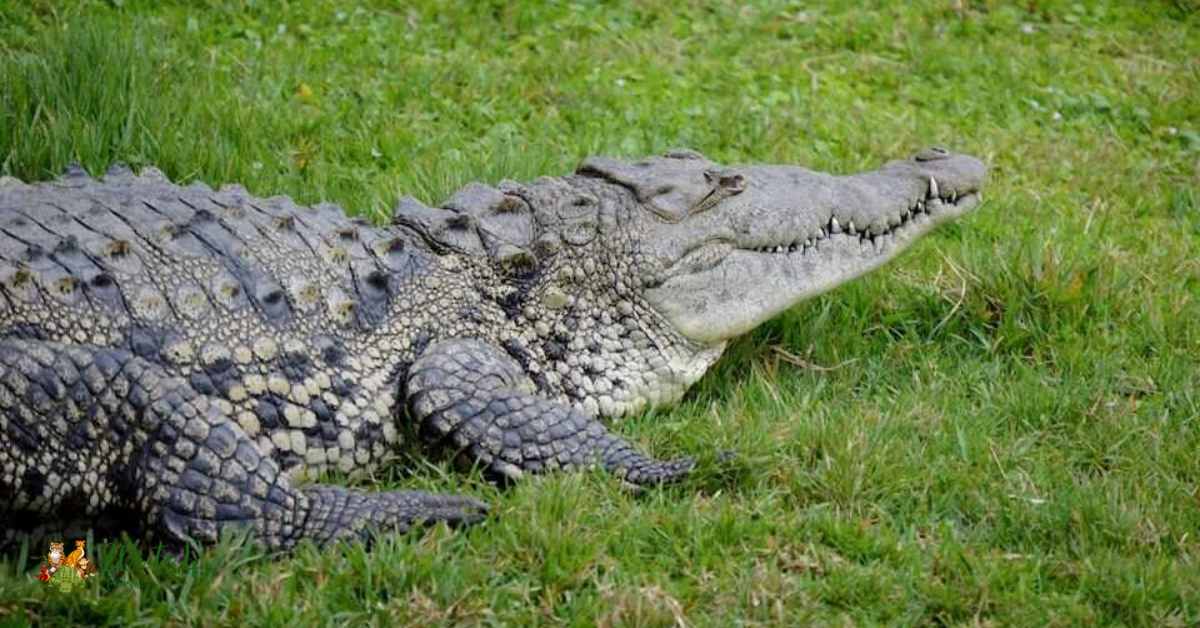
As one of the impressive Mexican animals, the American crocodile regulates fish and invertebrate populations, contributing to the health of coastal habitats.
Conservation efforts focus on habitat protection, mitigating human-crocodile conflicts, and conducting research to better understand these apex predators.
Mexico’s commitment to preserving its aquatic biodiversity includes measures to ensure the coexistence of human communities and American crocodiles, allowing both to thrive in the coastal ecosystems they call home.
19. Boa Constrictor
Slithering through the jungles and forests, the boa constrictor is a captivating and essential member of Mexico’s wildlife. As a non-venomous constrictor, the boa plays a crucial role in controlling rodent populations and maintaining the balance of ecosystems.
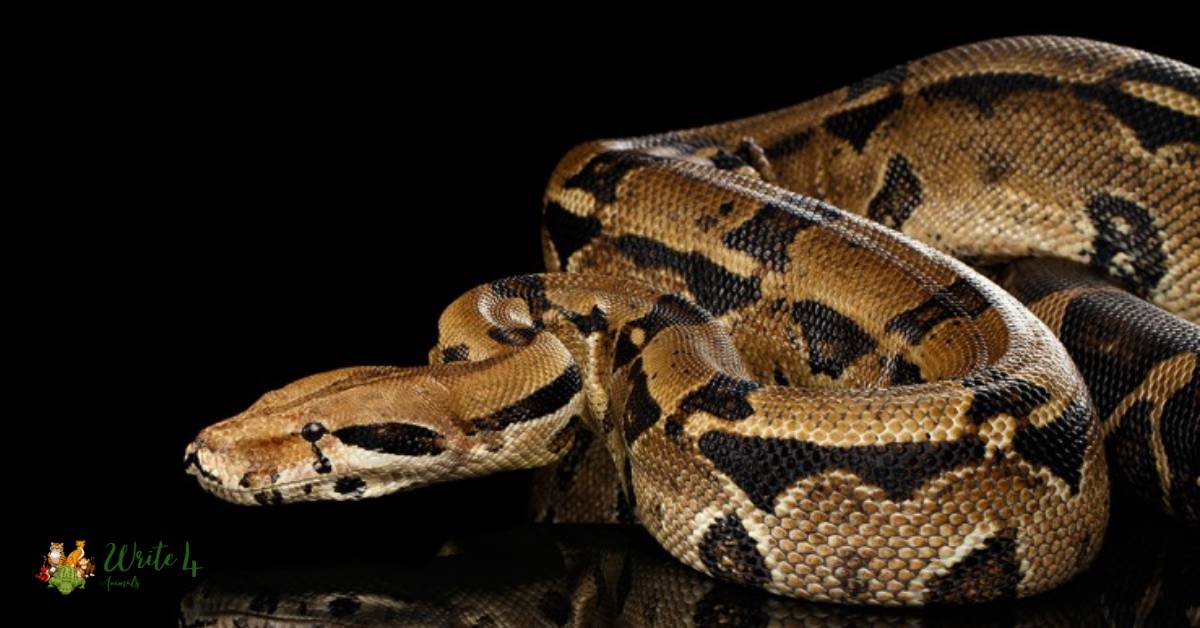
Conservation efforts highlight the importance of protecting the habitats where boas thrive, ensuring their presence in Mexico’s diverse landscapes.
Boa constrictors, with their impressive coiling and constriction abilities, embody the resilience and adaptability of Mexican animals, showcasing the country’s commitment to preserving the intricate web of life in its natural habitats.
20. Scarlet Macaw
A splash of vibrant color against the green backdrop of tropical forests, the scarlet macaw is an emblematic bird in Mexico and a testament to the nation’s rich avian diversity.
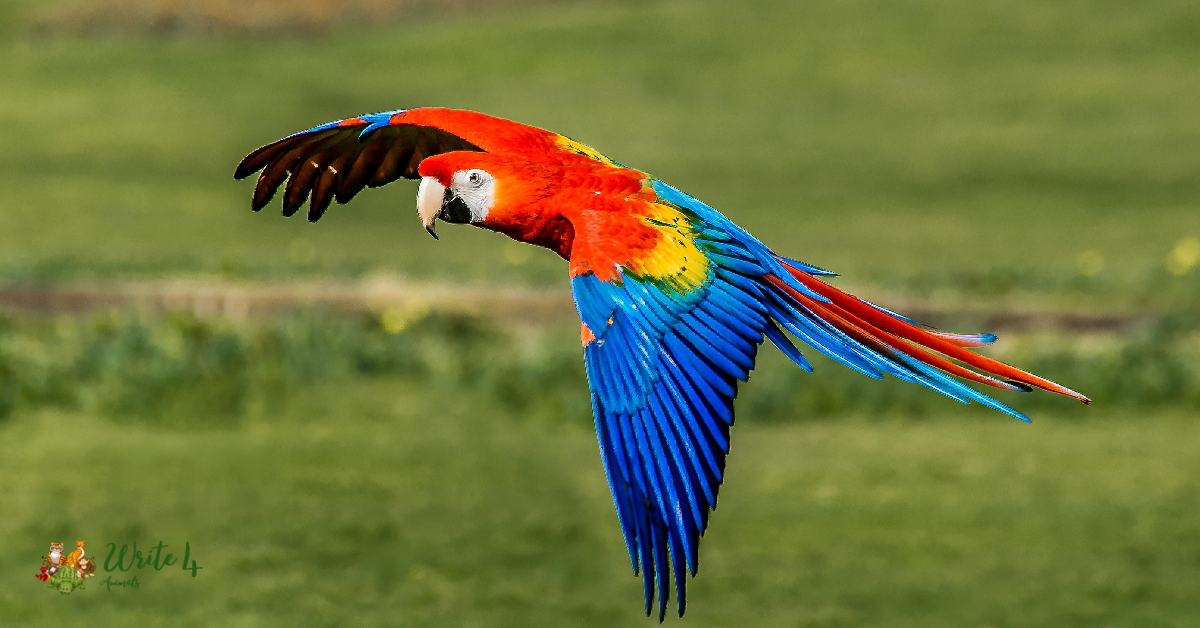
Known for its striking red, blue, and yellow plumage, the scarlet macaw is not only a visually stunning species but also a crucial seed disperser in the rainforests.
Conservation efforts focus on protecting their habitats, combating illegal pet trade, and raising awareness about the importance of preserving these magnificent birds.
The scarlet macaw represents Mexico’s dedication to safeguarding its unique birdlife, ensuring that the vibrant colors and melodious calls of these avian wonders continue to grace the country’s lush landscapes.
21. Ocelot
The ocelot, a captivating medium-sized wild cat, graces Mexico’s landscapes with its beautifully patterned coat and distinctive ear tufts. Found in various habitats, including tropical forests and scrublands, the ocelot is a testament to Mexico’s diverse ecosystems.

As one of the enchanting Mexican animals, the ocelot is both elusive and agile, showcasing its adaptability to various environments. Conservation efforts are essential to protect the ocelot from habitat loss and poaching, ensuring that these graceful creatures continue to thrive in their natural surroundings.
Mexico’s commitment to preserving its unique wildlife includes safeguarding the habitats that are home to these mesmerizing ocelots.
Frequently Asked Questions
What are some iconic Mexican animals?
Mexico boasts a diverse array of iconic animals, including the jaguar, Mexican wolf, ocelot, puma, white-tailed deer, collared peccary, Baird’s tapir, black bear, coyote, and gray fox, among others. These species contribute to the country’s rich biodiversity and are often recognized as symbols of Mexico’s wildlife heritage.
Is the jaguar the national animal of Mexico?
While the jaguar is not the official national animal of Mexico, it holds cultural significance and is considered a symbol of power and strength in Mexican folklore and traditions. The golden-coated feline is featured in various indigenous myths and represents a connection to the natural world.
What conservation efforts are in place for Mexican animals?
Mexico has implemented various conservation initiatives to protect its diverse wildlife. These efforts include establishing protected areas, promoting sustainable land use practices, combating illegal wildlife trade, and raising awareness about the importance of preserving habitats. Conservation organizations and governmental agencies collaborate to ensure the long-term survival of Mexican animals.
Are Mexican wolves endangered?
Yes, Mexican wolves were listed as an endangered species in 1976. However, concerted conservation efforts, including captive breeding programs and reintroduction initiatives, have been successful in increasing their population. Ongoing measures focus on maintaining genetic diversity and ensuring the continued recovery of this subspecies in its native habitats.
What threats do Mexican animals face?
Mexican animals face various threats, including habitat loss due to agriculture and urbanization, illegal poaching, climate change, and conflicts with humans. Conservation efforts aim to address these challenges and promote sustainable practices to protect the diverse range of species found in Mexico.
Are there efforts to protect sea turtles in Mexico?
Yes, Mexico has implemented extensive conservation measures to protect sea turtles, including the Olive Ridley, Green, and Hawksbill turtles. Conservation initiatives focus on preserving nesting sites, reducing bycatch, implementing sustainable fishing practices, and raising awareness about the importance of sea turtle conservation.
Recommended
1. Albino Pigeon: rare pigeon and beautiful pigeon
2. 15 Animals that start with N
